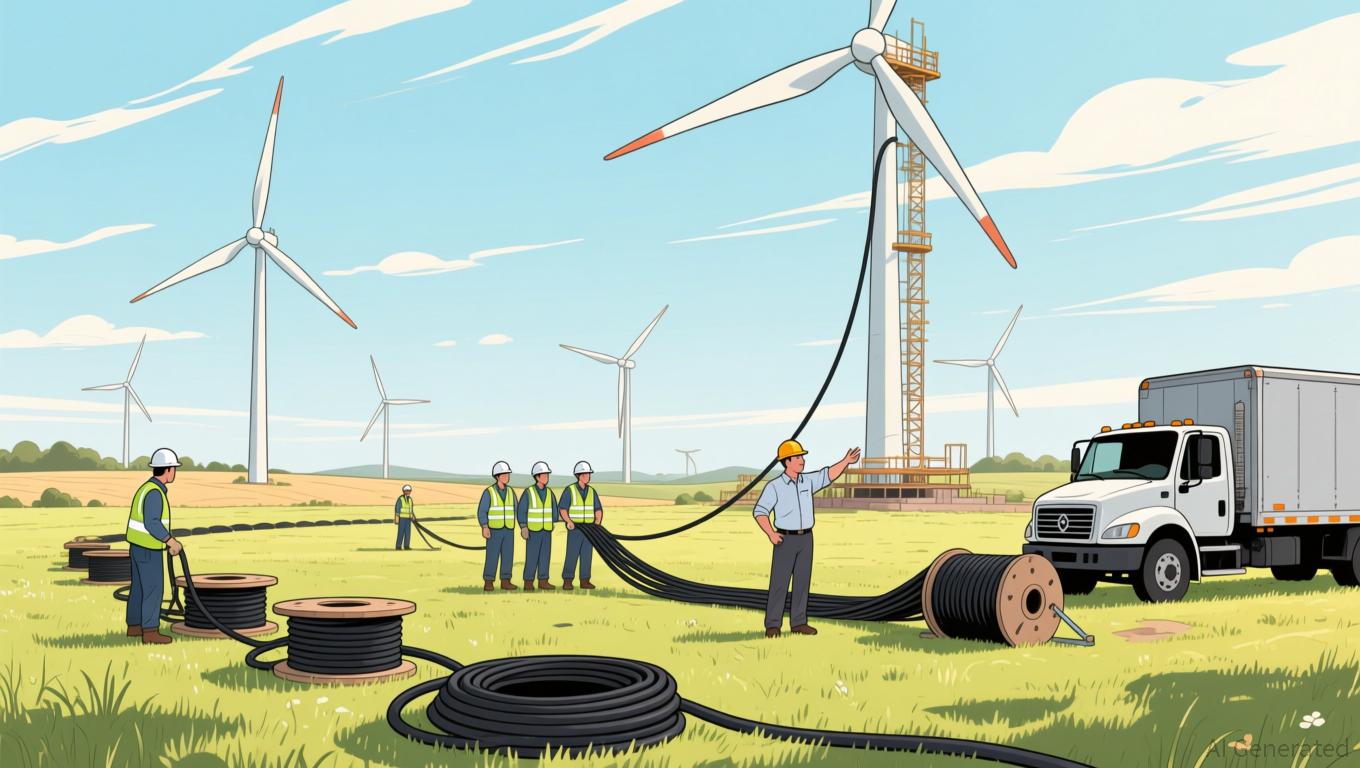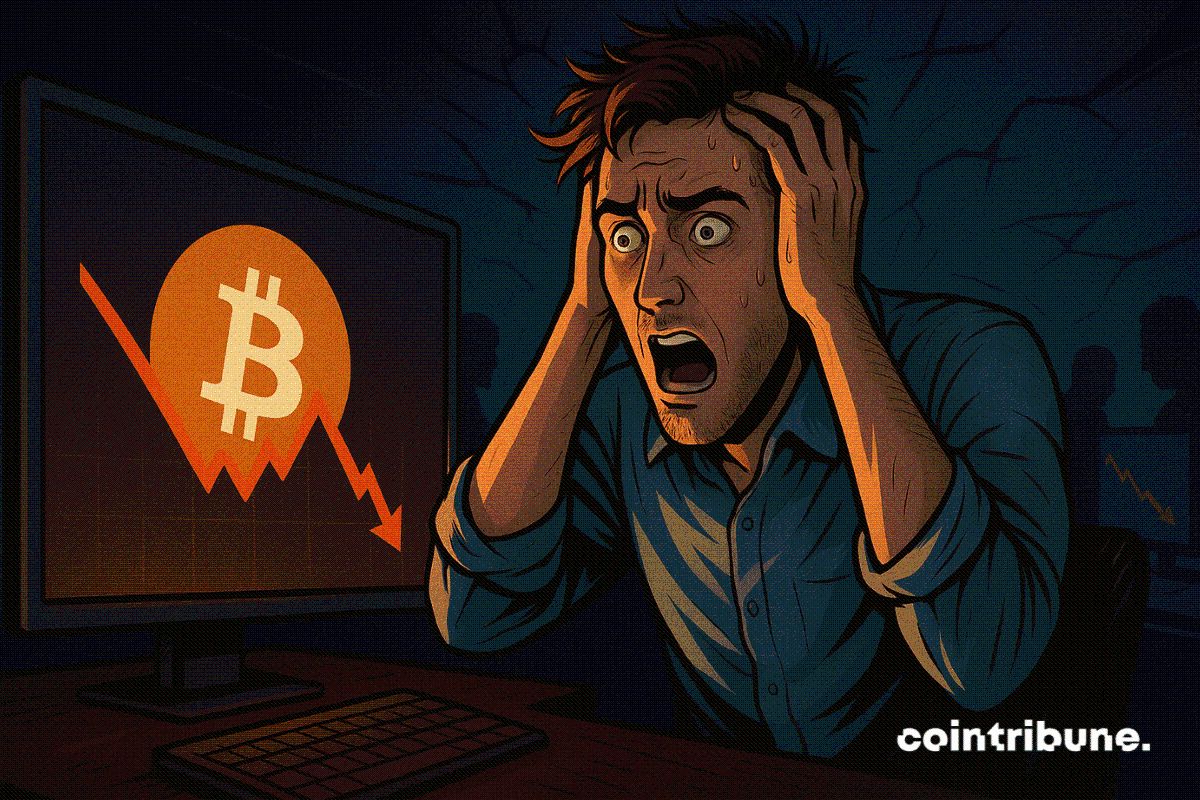Regulation and Innovation: The Struggle Over Crypto's Proof of Reserves Will Define Its Future
- Proof of Reserves (PoR) has become a trust cornerstone in crypto, with regulators and exchanges prioritizing transparency post-FTX collapse. - The 2025 "flash crash" and new CLARITY/GENIUS Acts reinforce PoR's role, mandating stablecoin reserves and monthly audits under federal oversight. - BNY's stablecoin fund and 21Shares' ETFs show crypto-traditional finance integration, while a16z warns overregulation risks stifling DeFi innovation. - Technological solutions like zk-STARKs enable private yet verifia
Proof of reserves (PoR) has become a fundamental tool for restoring confidence in the cryptocurrency sector, as both industry leaders and regulators increasingly call for openness in response to persistent market instability. In the aftermath of the FTX collapse three years ago—which revealed deep-seated vulnerabilities in unregulated crypto platforms—PoR initiatives have become essential for proving that user funds are entirely supported by actual reserves. Lennix Lai, OKX’s global chief commercial officer, maintains that the cryptographic audits and independent checks provided by PoR are vital for moving the industry past its lawless early days and establishing a culture of responsibility
The dramatic market drop in October 2025, which wiped out close to $20 billion in leveraged trades, highlighted the ongoing necessity for transparent practices. Although leading exchanges now use PoR to safeguard tens of billions in client assets, Lai observes that public interest in these transparency efforts tends to fluctuate.

The GENIUS Act, which passed the U.S. Senate with support from both parties, represents a significant milestone in formalizing the accountability of stablecoins. The law designates certain dollar-linked stablecoins as "payment stablecoins" and imposes requirements for reserves, anti-money laundering compliance, and transparency on their issuers
Nonetheless, obstacles remain. a16z crypto, the digital asset division of Andreessen Horowitz, has called on the U.S. Treasury to clarify that the GENIUS Act does not apply to decentralized stablecoins, which are governed by smart contracts rather than centralized entities
Lai stresses that transparency should be "continuous, verifiable, and embedded at the foundation" of crypto businesses, extending beyond PoR to address issues such as non-transparent exchange listing fees
Disclaimer: The content of this article solely reflects the author's opinion and does not represent the platform in any capacity. This article is not intended to serve as a reference for making investment decisions.
You may also like
Energy Industry's Balancing Game: Growth in Coal and the Rise of Renewable Energy
- Koil Energy Solutions reported 22% Q3 2025 revenue growth ($6.4M), driven by 33% service revenue surge and renewable energy expansion including wind farm cable contracts. - T1 Energy plans 2.1GW Texas solar facility to strengthen domestic polysilicon supply chain, aligning with U.S. energy security and AI-driven clean power demand. - Capstone Green Energy scales data center solutions with gigawatt-level production plans, attracting hyperscalers through low-cost, high-output manufacturing reconfiguration.

China's Soybean Purchases Decline, U.S. Growers Confront Surplus and Rivalry from Brazil
- China's U.S. soybean import deal fails to restore farmer confidence as purchases remain below pre-trade-war levels amid South American competition. - A 13% U.S. tariff and Brazil's price advantage have shifted Chinese buyers toward cheaper South American cargoes, worsening Midwest farmers' oversupply crisis. - Record Chinese soybean stockpiles and weak buyer commitments highlight structural challenges, with Wisconsin facing negative profit margins in 2025. - Federal aid packages provide temporary relief
China's Economy Stalls Amid Record Drop in Investments

Zcash (ZEC) To Rise Further? Key Harmonic Pattern Signals Potential Upside Move
